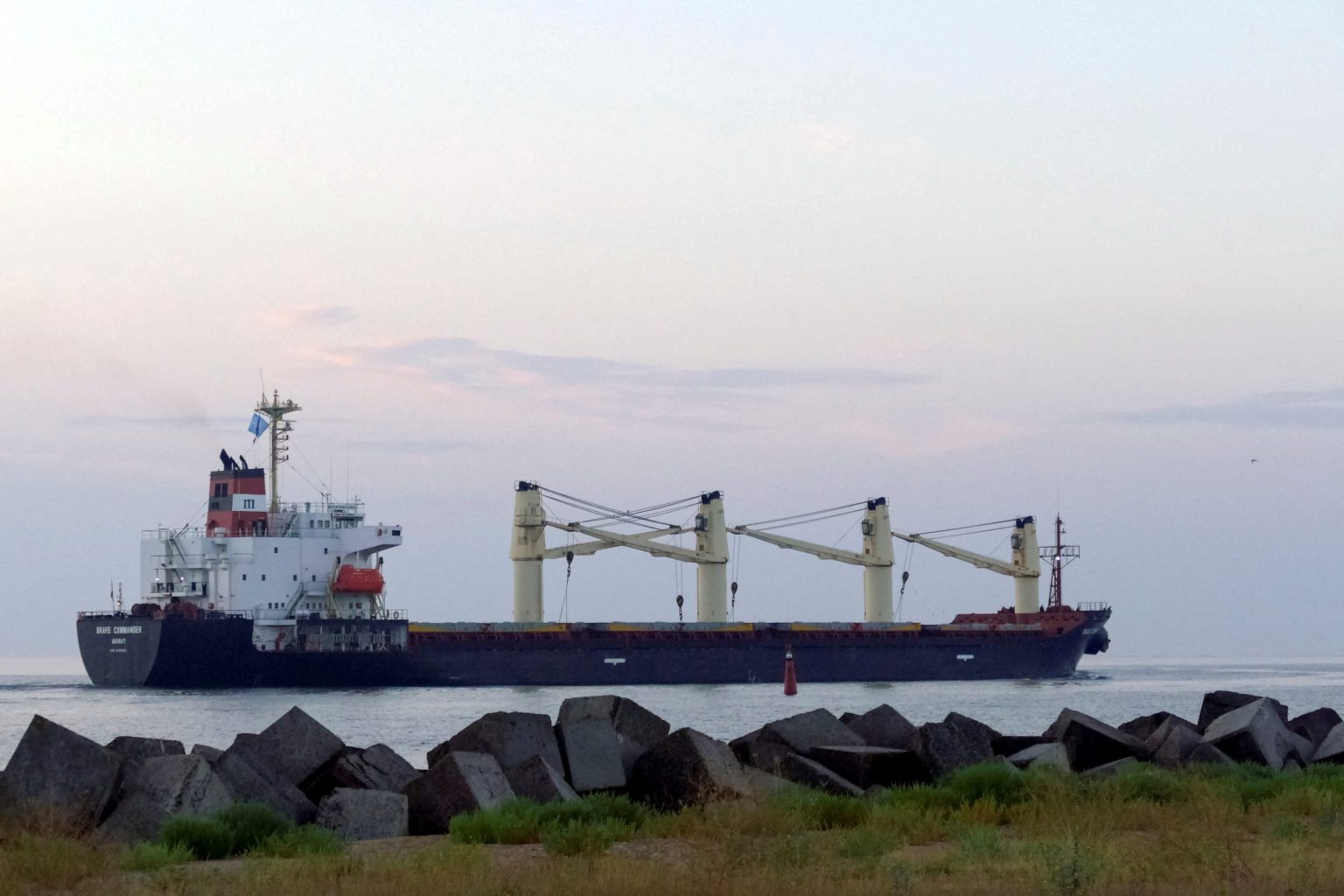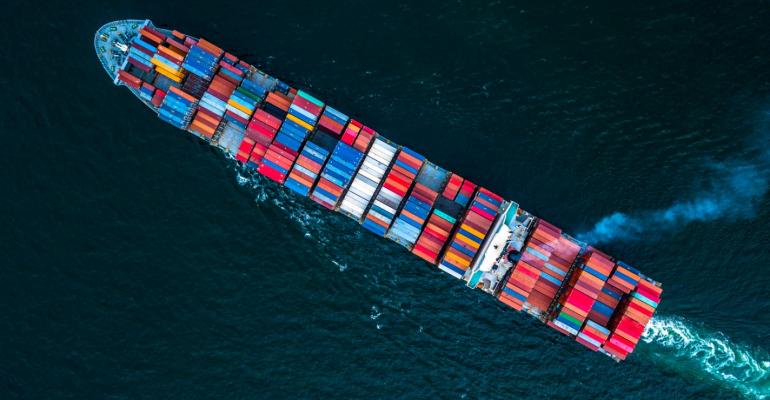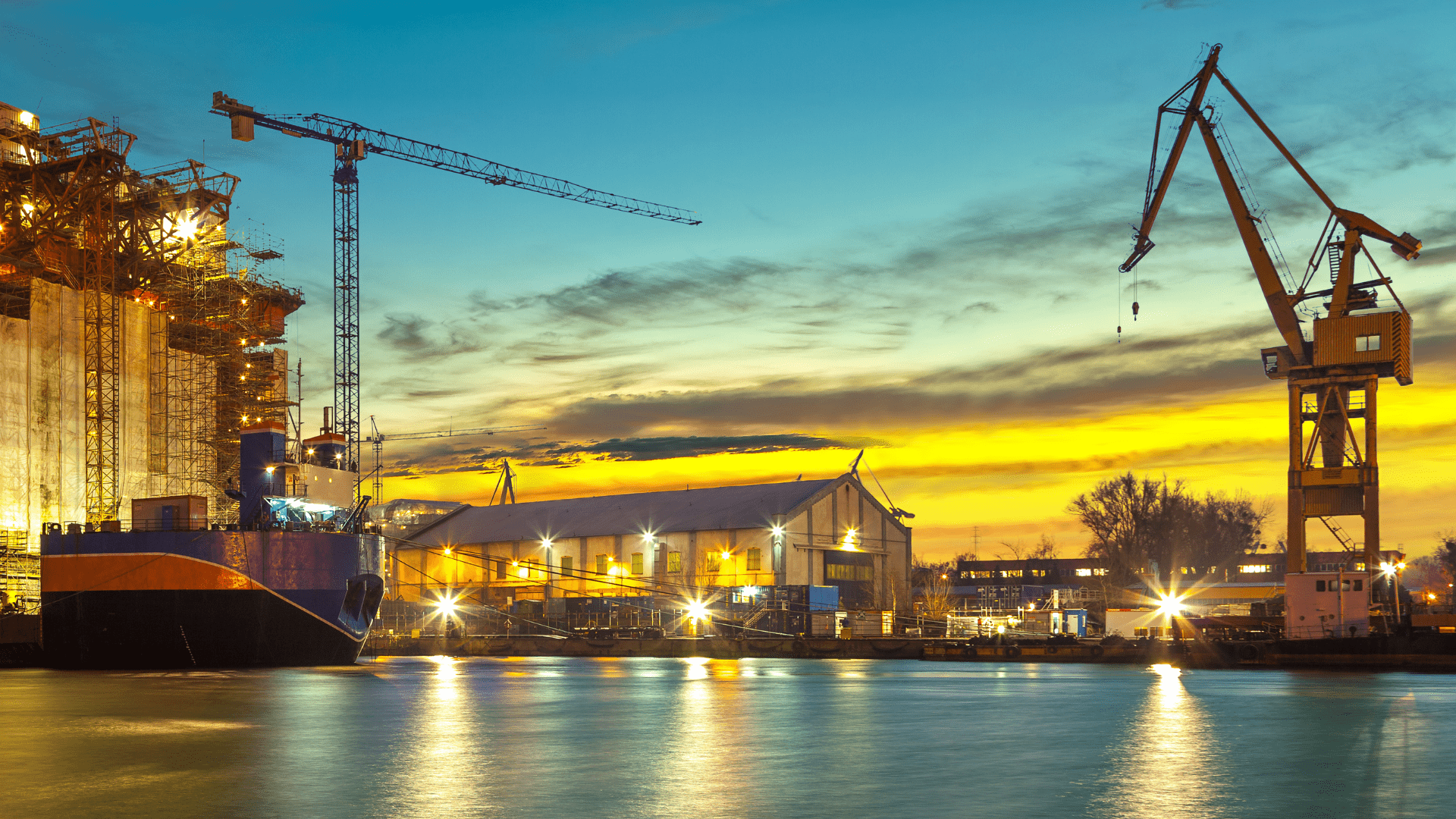The decarbonisation spotlight on shipping is often on shone on alternative fuels, but the role of energy efficiency should not be overlooked, according to a shipping expert.
In a recent DNV Maritime Impact podcast, DNV’s director of environment for maritime, Eirik Nyhus, and global decarbonisation director, Jason Stefanatos, discussed the critical, often understated, impact of efficiency improvements on shipping’s emissions.
Stefanatos said that with the Greenhouse Gas Fuel Intensity (GFI) set to introduce higher monetary incentives, a “significant drive towards more work around those topics” is anticipated. This heightened focus is a direct response to the escalating complexity and stringency of regulations, including the IMO’s Net-Zero Framework (NZF) and FuelEU Maritime, which predominantly centre on the energy consumption aboard ships.
The industry’s response to the fuel challenge has been notable, particularly in the newbuild sector. Stefanatos highlighted data from DNV’s Alternative Fuels Insight (AFI) platform, revealing a consistent increase in the uptake of alternative-fuelled ships within the orderbook. “In the orderbook, it’s almost above 35%, excluding the LNG carriers, and if we include the LNG carriers, it’s more than 50%, which is quite impressive,” he said.
This trend, while encouraging, has largely been driven by voluntary commercial considerations rather than the existing CO2 taxes like the EU Emissions Trading System (ETS) and FuelEU, which “are at a point and the level that they are not ready to move the needle”. This explains the uneven adoption rates across different vessel types, with containerships, cruise ships, and car carriers showing high uptake, while bulk carriers and tankers lag.
Broad brush
However, this isn’t solely about new fuels and engine technologies. Biofuels, for instance, are gaining traction as a popular compliance solution for FuelEU, offering a valuable “short and mid-term solution”. Yet, Stefanatos cautioned against over-reliance, advising shipowners to “ensure, in parallel, that they investigate and plan on the other types of fuels as well for the future”.
This nuanced approach to decarbonisation acknowledges the role of drop-in fuels while stressing the need for long-term strategic planning.
A central question, posed by Nyhus, revolved around the relative importance of fuels versus energy efficiency. Stefanatos’s said both are critical. He said he views fuels and energy efficiency technologies as “two main categories and both are quite important. We don’t see these as an ‘either/or’ question. We consider them to be both pieces of the same decarbonisation puzzle.” While fuels will play the “most critical role”, energy efficiency acts as a “great enabler of zero or near-zero carbon fuels”.
This enabling function stems from two primary reasons. Firstly, energy efficiency can significantly reduce fuel consumption, thereby easing the pressure on the nascent green fuel supply chain. Stefanatos pointed to a recent study indicating a “16% of potential improvement on energy efficiency”. This reduction in demand can make it “easier for the shipping industry to find that fuel”. Secondly, energy efficiency directly addresses the escalating cost of future fuels. Using the example of a vessel consuming 600 tonnes per voyage, a 20% reduction could translate to $60,000 savings per year today.
Looking ahead, with experts widely agreeing that the “fuel of the future will be more expensive”, these savings will become “multiple times higher”, helping to “alleviate partly the cost of the fuels, which is also a big challenge of these new fuels’ adoption”.
Low uptake
Despite the clear benefits, the uptake of energy efficiency measures in the existing fleet remains surprisingly low. Stefanatos noted this is “a bit contradicting because at the same time we see a lot of activity around energy efficiency – maybe the highest activity we have seen in the past”.
While new vessel designs are inherently more efficient, retrofitting existing ships presents significant technical and commercial complexities, including higher costs and yard availability challenges. Statistics from a DNV report reveal that “even at the best combination of ship type, size and technology, the highest amount of uptake was less than 20%”, with an overall average of “10% to 12% uptake of energy efficiency”. This indicates a vast untapped potential for improvement across the global fleet, especially considering that “the technology is there, the ships are there. It’s just a matter of installing the technology and having a lower fuel consumption,” Stefanatos said.
A critical barrier to wider adoption, Nyhus added, is a “credibility gap” concerning the impressive savings claims made by technology providers.
Stefanatos added that there is a “great abundance of innovation around energy efficiency and new technologies”, yet “sometimes the savings are estimated at operating conditions that the vessels are not sailing often, or even that the methodologies used to calculate the savings do not isolate the effects of the measure per se”. This leads to a situation where shipowners are “quite challenged to trust the claims”, and makers struggle to convince customers.
The solution, he said, lies in “accurate measurements and use science-based methodologies to quantify the effects of the measures in real-world operations, not just theoretical savings”. This will build trust and confidence in the performance of each technology, facilitating better decision-making.
Who wins?
Beyond the technical assessment, the long-standing issue of “split incentives” continues to plague the industry, Nyhus said. This refers to the challenge where one stakeholder pays the investment and another reaps the benefits. While many organisations are “changing the way that we do commercial agreements”, it remains “a tough nut to crack”.
Stefanatos said that “if we have enough solid cases”, supported by unbiased and trustworthy savings calculations, it can trigger a paradigm shift in contract structures.
He advised shipowners to “minimise the assumptions and increase the amount of facts”.
Energy efficiency, being a readily available solution that can be assessed with more facts and fewer assumptions, offers a tangible starting point. He urged shipowners to “investigate all the technologies”, from operational measures requiring minimal investment to traditional propulsion and hull systems, and emerging technologies like batteries, wind, and solar. The process should involve defining greenhouse gas trajectories, assessing pathways, and developing a comprehensive fleet decarbonisation strategy and plan.
Crucially, “attention should be paid on the monitoring and the implementation of the plan”, as many initiatives falter at this stage. Finally, improving data quality through advanced onboard data collection systems is paramount to reducing uncertainty and gaining accurate knowledge.
Source: Baltic Exchange



